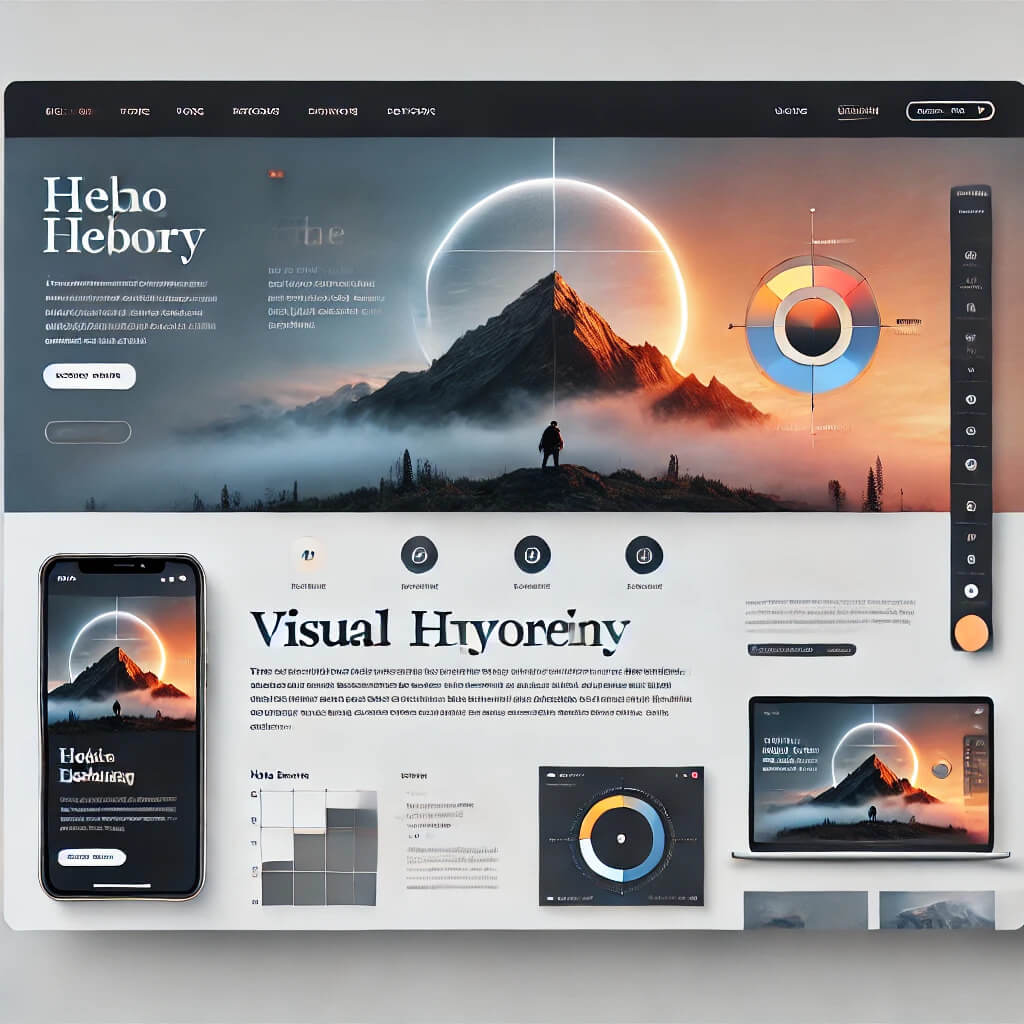Introduction
Creating visually appealing and functional layouts for websites is an essential aspect of web design. A well-designed layout not only attracts users but also enhances their experience by providing easy navigation and access to information. In this article, we will delve into the key elements of web design, the importance of responsive layouts, and best practices for designing user-friendly websites.
Understanding Web Design Elements
Web design is a blend of art and science, requiring a keen eye for aesthetics and a solid understanding of technical principles. Key elements of web design include:
- Visual Hierarchy: Organizing content in a way that guides the user’s eye to the most important information first. This can be achieved through the use of size, color, contrast, and spacing.
- Typography: The choice of fonts and how they are used on the website plays a significant role in readability and user engagement. Consistent and legible typography enhances the user experience.
- Color Scheme: Colors evoke emotions and set the tone for a website. A well-chosen color palette can create a cohesive look and feel, making the site more appealing.
- Images and Graphics: High-quality images and graphics can significantly impact a website’s visual appeal. They should be relevant and optimized for fast loading times.
Responsive Web Design
With the increasing use of mobile devices, responsive web design has become crucial. A responsive layout adapts to different screen sizes, providing an optimal viewing experience on desktops, tablets, and smartphones. Key practices for responsive design include:
- Fluid Grids: Using a grid system that scales proportionally to the screen size, allowing elements to resize and reposition themselves accordingly.
- Flexible Images: Ensuring images scale and adapt to various screen sizes without losing quality or causing layout issues.
- Media Queries: CSS techniques that apply different styles based on the device’s characteristics, such as screen width and resolution.
Best Practices for Designing User-Friendly Websites
Creating a user-friendly website involves considering the user’s needs and expectations. Some best practices include:
- Intuitive Navigation: Simple and clear navigation helps users find information quickly. Using descriptive labels and organizing content logically can improve usability.
- Consistent Layout: Maintaining consistency in design elements, such as buttons, fonts, and colors, creates a cohesive experience. This reduces the learning curve for users.
- Fast Loading Times: Optimizing images, leveraging browser caching, and minimizing code can reduce loading times, enhancing the user experience.
- Accessibility: Designing websites that are accessible to all users, including those with disabilities, is essential. This can be achieved by using semantic HTML, providing alternative text for images, and ensuring keyboard navigability.
Conclusion
Designing effective layouts for websites requires a balance of aesthetics and functionality. By understanding the key elements of web design, embracing responsive techniques, and following best practices, designers can create websites that are visually appealing, user-friendly, and accessible. The art of web design is ever-evolving, and staying updated with the latest trends and technologies is essential for creating successful websites.
This post was created with our nice and easy submission form. Create your post!







Comments
0 comments